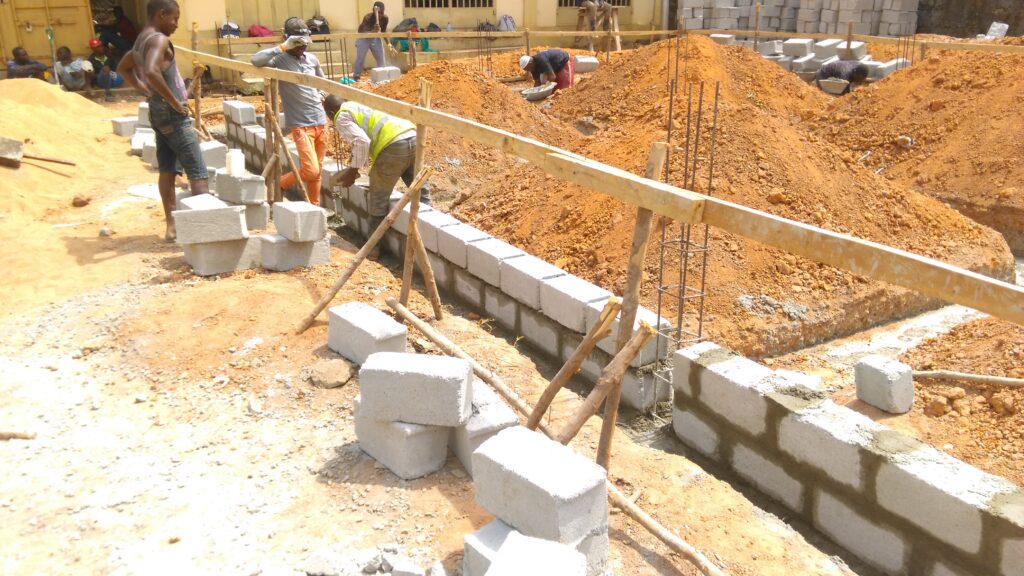Foundation Blockworks.

Foundation Blockwork Calculator
Enter Blockwork Details
| Item | Value |
|---|---|
| Total Length | |
| Depth |
🏗️📏 Learn How to Use the Foundation Blockwork Calculator
Quickly and accurately determine the total area and number of blocks needed for your foundation blockwork. This tool helps contractors, builders, and planners estimate materials, reduce waste, and streamline project planning.
1️⃣ Enter Total Length
- Total Length (meters): Input the total perimeter or linear measurement of the foundation walls.
This value represents the overall length where blocks will be laid, ensuring accurate area and block quantity calculations.
2️⃣ Enter Depth
- Depth (meters): Specify the height of the foundation walls.
The depth determines the vertical surface area of the blockwork, critical for material estimation.
3️⃣ Click Calculate
After entering length and depth, press the Calculate button to instantly compute and display results.
4️⃣ View Calculated Results
- Total Area (m²): Surface area of the blockwork required.
- Total Number of Blocks: Number of blocks needed, assuming 10 blocks per m² (standard size).
Example Calculation:
- 📏 Length: 20 meters
- 📏 Depth: 0.5 meters
- 🧮 Total Area: 20 × 0.5 = 10 m²
- 🧱 Total Blocks: 10 × 10 = 100 blocks
5️⃣ Interpret Your Results
Compare the block quantity with site requirements, adjust inputs if needed, and use the area to estimate mortar and reinforcement.
6️⃣ Finalize Your Material Estimate
- Confirm block count with your supplier.
- Add 5-10% extra blocks for breakages and errors.
- Account for mortar, reinforcement, and preparation costs.
7️⃣ Important Tips for Accuracy
- 📏 Double-check inputs before calculating.
- 📏 Use meters for all dimensions.
- 🧱 Verify standard block size (10 blocks per m²).
- 🛠️ Order extra blocks for wastage.
- ✅ Review with your contractor or engineer.
8️⃣ Why Use This Calculator?
- Saves Time: Instant block quantity estimates.
- Reduces Errors: Prevents material shortages or over-purchasing.
- Improves Planning: Aids in budgeting and scheduling.
- Cost-Effective: Minimizes material waste.
- Simple to Use: Clear results with minimal input.
9️⃣ Common Questions & Troubleshooting
- Incorrect results? Verify length and depth inputs and ensure meters are used.
- Adjust calculations? Modify inputs and recalculate.
- Different block sizes? Consult supplier for blocks per m² if not standard.
🔟 Final Thoughts
Follow these steps to accurately estimate blocks for your foundation, saving time, minimizing waste, and planning effectively.
Need to calculate other construction elements?
🏗️ Use trench-quantity-calculator 🛠️ stirrup-calculator
Thanks alot for this great website
I don’t even know what to say again because the website is too excellent 👍
My rating for this calculator is 100%